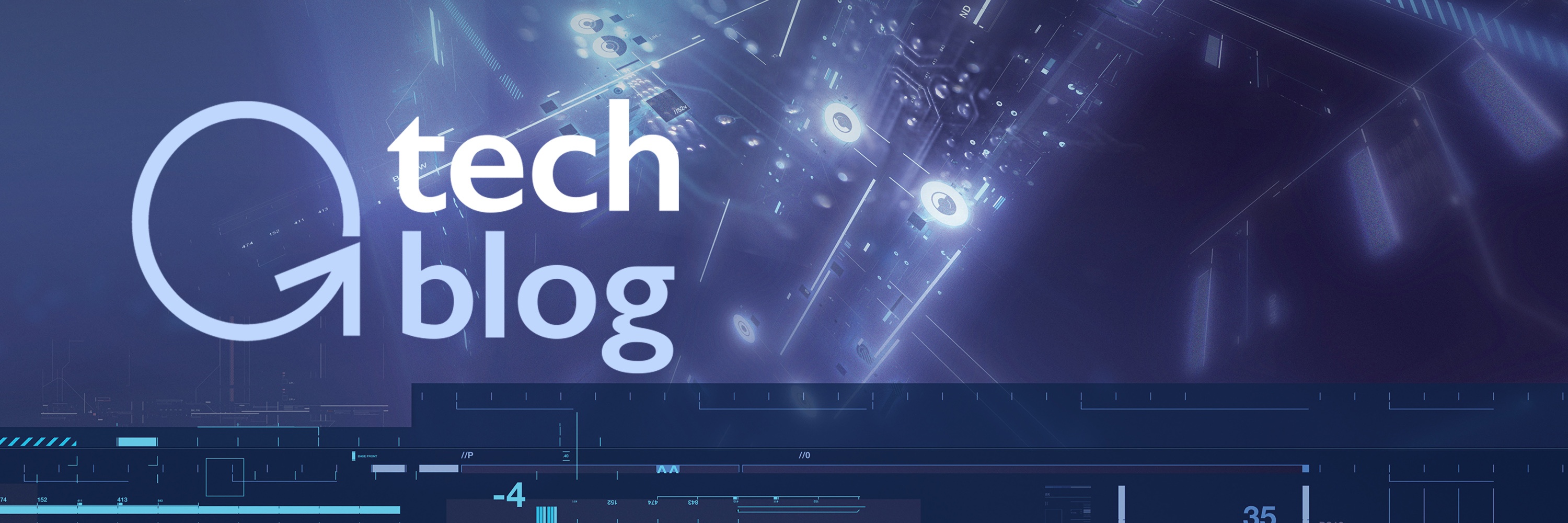
In this week's Abundance Insider: Sun-tracking solar cells, 3D-printed ribs and superconducting graphene.
Cheers,
Peter, Marissa, Cody, Maxx, Kelley and Greg
P.S. Send any tips to data@diamandis.com, and send your friends and family to this link to subscribe to Abundance Insider.
Watch Legendary Disney Artist Glen Keane Draw in Virtual Reality

What it is: Disney animator Glen Keane, who brought us The Little Mermaid, Aladdin, and Beauty and the Beast, demonstrates the future of visual storytelling. Wearing an HTV Vive headset and using the Tilt Brush 3D painting app, he walks through the room, drawing characters in midair like magic.
Why it's important: Proof that virtual reality is the future of immersive art. In the full video, you'll see the smile on Keane's face as his drawn characters come to live in 3D space.
Spotted by Marissa Brassfield
Deep Learning Machine Teaches Itself Chess in 72 Hours, Plays at International Master Level
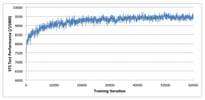
What it is: Matthew Lai at Imperial College London has created an artificial intelligence machine called Giraffe that plays chess using a neural network to narrow down the most profitable paths of search. It plays at the human equivalent of FIDE International Master status -- and, perhaps most impressively, it taught itself to play.
Why it's important: Evidence that computers are learning to think. IBM's Deep Blue supercomputer beat world chess champion Gary Kasparov by brute force -- it searched 200 million positions per second, while Kasparov probably searched about five a second. Giraffe computes positions similarly to Kasparov, but with the accuracy of the top chess engines.
Spotted by Marissa Brassfield
Lightweight Solar Cells Track the Sun, Providing 40 Percent More Energy Than Fixed Cells

What it is: University of Michigan engineers drew inspiration from the Japanese art of paper cutting to create a solar cell array that can rotate along with the sun's rays. As a result, the solar cells capture up to 40 percent more energy than their conventional, fixed counterparts.
Why it's important: Today's sun-tracking solar systems are heavy, and residential rooftops need significant reinforcing. This array enables light, flexible and effective solar cells.
Spotted by Marissa Brassfield
DARPA Shows Off a Crowd-Sourcing Radiation Detector
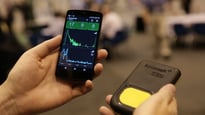
What it is: DARPA unveiled a $400 radiation-detecting gadget that pairs with a smartphone to upload data to the cloud, enabling a crowdsourced heat map of radiation levels in a particular area. What's more, servers can analyze the radiation information in real time, determining the likely source based on its signature.
Why it's important: Current radiation detectors are expensive and don't communicate with each other. This device is inexpensive enough to be mounted on public safety vehicles to constantly monitor radiation levels. It's also a promising technology to fight nuclear terrorism in hospitals, government buildings, public transportation hubs and other at-risk areas.
Spotted by Ian Pitchford
Cancer Patient Receives 3D-Printed Ribs in World-First Surgery
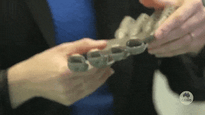
What it is: In a world first, a Spanish cancer patient has received a 3D printed prosthetic sternum and rib cage. Anatomics, a Melbourne-based medical device company, printed the prosthetics out of titanium at the CSIRO 3D printing facility. After 12 days of recovery, the patient was discharged and had a successful recovery.
Why it's important: Another groundbreaking application of 3D printing in prosthetics that illustrates the near-limitless potential of this exponentially technology.
Spotted by Marissa Brassfield
How Vertical Farming is Revolutionizing the Way We Grow Food

What it is: A comprehensive update on global vertical farming efforts, their impact on local communities, the tools and technologies involved, big players and new developments, and challenges ahead.
Why it's important: Farming uses over 80 percent of the world's arable land, and has untold negative effects on the environment. Vertical farming addresses multiple grand challenges (water, energy, hunger, the environment), so its progression is well worth monitoring.
Spotted by Ian Pitchford
This Motorcycle Airbag Jacket Will Automatically Inflate When it Detects an Accident

What it is: The Misano 1000 is a self-powered airbag jacket that activates when it detects a collision or when the rider has been thrown from the bike. Its embedded sensors activate 800 times a second, enabling an immediate response upon a crash. The jacket inflates about two inches wherever an airbag is present.
Why it's important: Most airbag jackets are tethered to the motorcycle or use sensors embedded in the bike, but this airbag travels with the rider. Ubiquitous sensors and networks aren't just good for surveillance and data-gathering: they can potentially save lives.
Spotted by Marissa Brassfield
Google Follows Amazon Web Services Into On-Demand Supercomputing
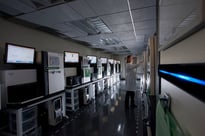
What it is: Move over, Amazon Web Services: Google has announced that its on-demand supercomputing resources are now generally available. Customers can buy Google's unused computer processing for their own projects. The New York Times shares a case study from Broad Institute researchers, who recently used 51,200 of Google's computing cores to analyze cancer data. The analysis took just a few hours and $4,000 (for context, on a single computer server, the same project would have taken 30 years). The cost of running supercomputing tasks is now one-third of what it used to be.
Why it's important: We're watching the dematerialization and demonetization of supercomputers. While Amazon has been in this space for awhile, now that Google has entered the fray we'll continue to see innovative use cases rise and prices drop.
Spotted by Marissa Brassfield
This Robotic Hand Wired to a Brain Implant Restored a Paralyzed Man's Sense of Touch

What it is: DARPA researchers were able to restore near-natural human sensation in a 28-year-old man who was paralyzed for over a decade using robotic prosthetics, brain implants and sophisticated neural technologies. Researchers placed electrode arrays on the paralyzed volunteer's motor cortex and sensory cortex, tying those arrays to a mechanical hand. In testing, he performed with nearly 100 percent accuracy.
Why it's important: Traditionally, robotic arms wired to brain implants have enabled paralyzed individuals to act, but without sensory information. DARPA program manager Justin Sanchez says that this innovation "completes the circuit," enabling "seamless biotechnological restoration of near-natural function."
Spotted by Peter Diamandis
New iPhone Means We'll Soon Escape the Captivity of Carriers

What it is: The recently announced iPhone 6s and 6s Plus phones have a bevy of new features, but one has Steve Perlman of Artemis Research especially excited: the capability to run on any network in the world, out of the box. Apple also announced that it will directly finance phone purchases, enabling customers to pay for their phones in monthly installments.
Why it's important: The telecom space is evolving rapidly. Most big phone carriers have already dropped long-term contracts in response to market pressure, and these Apple announcements will eventually eradicate the single-carrier lock-in, where a contract would bind you to Verizon or AT&T for years. The mobile space will become a free market where consumers can switch to any carrier they want, anytime they want.
Spotted by Marissa Brassfield
AltspaceVR Comes to GearVR, Making Shared, Cross-Platform VR Experiences Possible

What it is: AltspaceVR is a cross-platform implementation that lets you share experiences in virtual reality with multiple people in physical locations anywhere in the world, no matter what VR headset they're using. In a product demo that occurred in a virtual world (where else?), CEO Eric Romo showed off shared cross-platform streaming video (a first).
Why it's important: AltspaceVR enables intimate group experiences in virtual worlds, even if they don't use the same brand of Virtual Reality hardware. Imagine watching the Super Bowl with your friends, attending a press conference with your colleagues or attending a personal development seminar with hundreds of people -- all from the comfort and privacy of your living room.
Spotted by Marissa Brassfield
Qualcomm's Quick-Charge Tech Will Get Your Battery Back To Full in Under an Hour

What it is: Qualcomm has debated Quick Charge 3.0, which can charge a smartphone to 80 percent of its capacity in 35 minutes -- which means that it can charge most devices to a full battery in under an hour. The key is Qualcomm's Intelligent Negotiation for Optimum Voltage, which supports new voltages in 200mV increments and makes the overall charging process more efficient.
Why it's important: As our lives become increasingly gadget-centric, battery life is everything (ABC = Always Be Charging). When mobile users can charge their dead phones in minutes, they can do more resource-intensive work without battery anxiety.
Spotted by Marissa Brassfield
First Superconducting Graphene Created
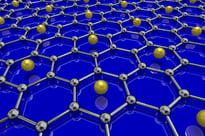
What it is: University of British Columbia physicists have created single-layer superconducting graphene -- a world first -- by coating the graphene with lithium atoms in ultra-high vacuum conditions. They hope to eventually use this superconducting graphene to produce super-fast transistors, transparent electrodes, semiconductors and sensors.
Why it's important: As KurzweilAI points out, superconductive graphene wires would have "zero resistance at ultra-low temperatures (at a critical temperature of about 5.9K), so a current flowing through it would generate no heat." This development enables nanoscale quantum devices and graphene electronics that don't overheat.
Spotted by Marissa Brassfield
Want more conversations like this?
At Abundance 360, Peter's 250-person executive mastermind, we teach the metatrends, implications and unfair advantages for entrepreneurs enabled by breakthroughs like those featured above. The program is highly selective and we're almost full, but we're still looking for a few final CEOs and entrepreneurs who want to change the world. Apply now for Abundance360 Summit if you'd like to develop an Abundance Mindset.
Know someone who would benefit from getting Abundance Insider? Send them to this link to sign up.
Topics: Abundance Insider



